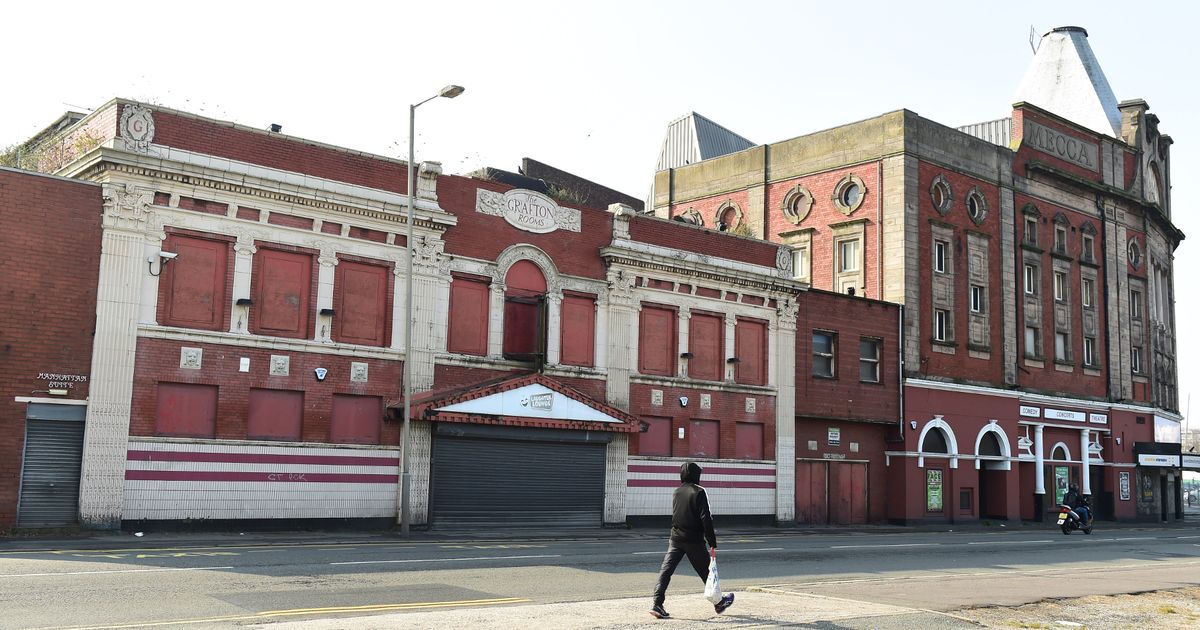They may be unknown to outsiders but will be recognised by many residents across the region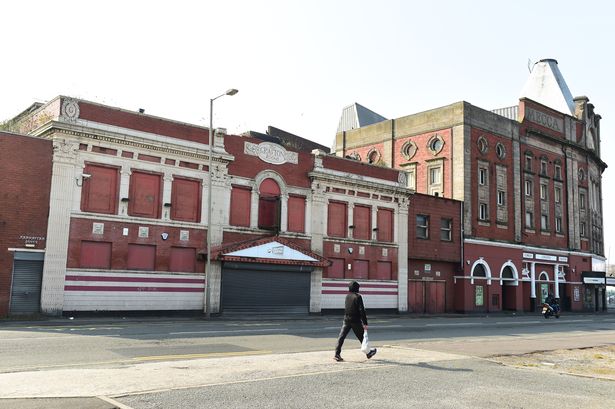 The Grafton on West Derby Road(Image: Andrew Teebay/Liverpool Echo)
The Grafton on West Derby Road(Image: Andrew Teebay/Liverpool Echo)
Merseyside has an abundance of iconic landmarks, from the Three Graces on the Pier Head to the Iron Men on Crosby beach. Popular places such as these attract people throughout the year and are known well beyond this region.
However, those of us who live here know there are far more landmarks that you won’t find in guidebooks but act as meeting points, markers on long journeys or just talking points about their history and how they got there.
Some are familiar sites or are in some form no longer with us, whereas others stand out as a symbol of returning home. We’ve compiled a list of these places which are bound to stir up memories or debate.
This list is is by no means exhaustive however. If you have any other unofficial landmarks in Merseyside, feel free to let us know in the comment section.
The Rotunda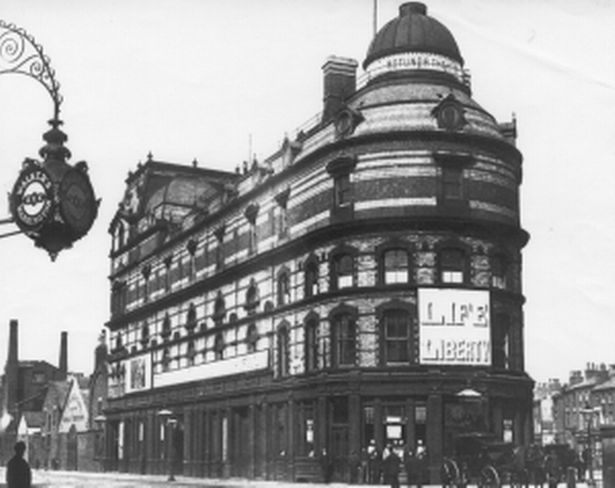 The lost Rotunda theatre on Scotland Road, Liverpool, which was destroyed in the Blitz in 1940(Image: Image courtesy of Liverpool City Council )
The lost Rotunda theatre on Scotland Road, Liverpool, which was destroyed in the Blitz in 1940(Image: Image courtesy of Liverpool City Council )
The Rotunda Theatre stood on the land from 1869 until it was destroyed by the Blitz bombing in 1940. The Liverpool ECHO previously reported how originally a public house, the venue could seat 1,790 people in its heyday.
Older generations may still have memories of the popular theatre that welcomed thousands of families through its doors. Located off the junction of Scotland Road and Stanley Road, although the site has been gone for decades, many still refer to it as a meeting point or landmark to drive to or be dropped off.
The Grafton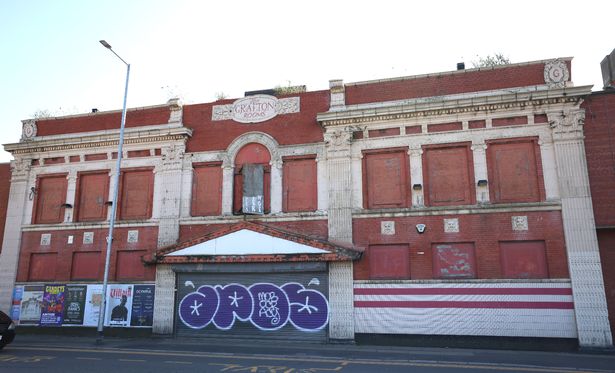 The Grafton Rooms, Liverpool(Image: Photo by Colin Lane)
The Grafton Rooms, Liverpool(Image: Photo by Colin Lane)
Opened in 1924, The Grafton on West Derby Road first opened in 1924 and was once a thriving dance hall next to what is now known as the Liverpool Olympia. By the 1970s, it became extremely popular.
Many will remember it was the setting for the famous “grab a granny” Thursday nights. In later years, it was a comedy club before closing down permanently.
Earlier this year, it was announced that major renovation plans for the venue have been approved by heritage experts and that the city council’s planning committee tentatively gave the go-ahead to recommend 90 apartments in a six storey development.
In the plans, The Grafton’s façade will be retained. Before the site starts a new chapter, the ECHO was given an exclusive, rare tour inside the building.
‘The Pies’ bridge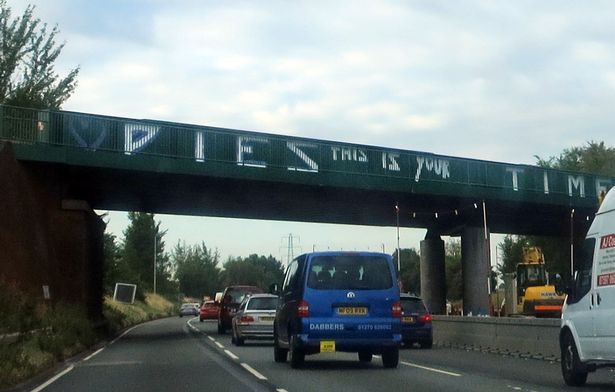 Liverpool band The Pies graffiti painted on bridges on the M6 motorway(Image: Photo by Colin Lane)
Liverpool band The Pies graffiti painted on bridges on the M6 motorway(Image: Photo by Colin Lane)
It may seem random to people outside of Merseyside, but for more than 30 years, the faded white lettering on a bridge above the M57 was among the region’s most-loved graffiti. An unofficial landmark to many, ‘The Pies’ became a key sight for drivers travelling home from outside the area.
Relating to the Liverpool band The Pies, the group have maintained a cult status across Merseyside as their name has been daubed in feet-high white paint at unusual locations, also the M6, the M62 and on the Mersey Tunnel ventilation shaft. But in the pandemic, there was outrage as the site was defaced.
Dickie Lewis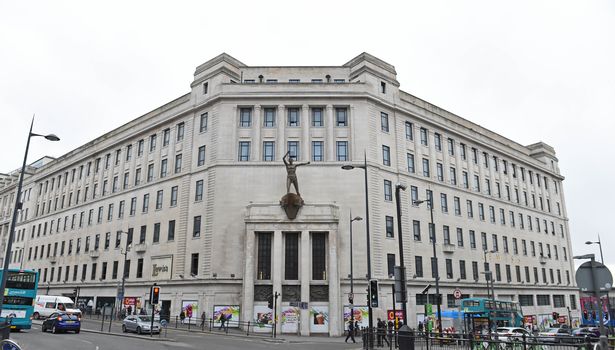 Dickie Lewis’s statue on Ranelagh/Renshaw Street junction(Image: Liverpool Echo)
Dickie Lewis’s statue on Ranelagh/Renshaw Street junction(Image: Liverpool Echo)
From 1856 to 2010, the Lewis’s empire welcomed generations of Merseysiders. Located on the corner of Renshaw Street and Ranelagh Street, one of its most famous features is a statue of a nude man by Sir Jacob Epstein, which was unveiled for Lewis’s centenary celebrations in 1956.
It was built as a symbol of the city’s – and the store’s – ability to endure adversity and generations will more likely know it as ‘Dickie Lewis’. A meeting point for many, it’s still in the city centre today.
Littlewoods building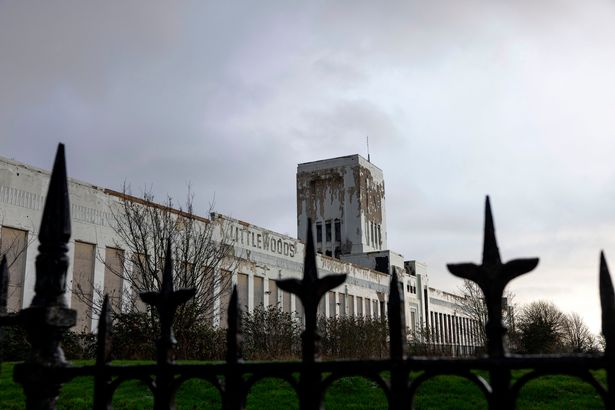 The former Littlewoods Building in Liverpool(Image: Liverpool Echo)
The former Littlewoods Building in Liverpool(Image: Liverpool Echo)
The Littlewoods building on Edge Lane opened in 1938 and was once home to the Littlewoods pools operation run by one of the largest family run businesses in Britain. A common site for locals and commuters driving past, the art deco structure became symbolic of Littlewood’s roaring success.
The building has lain dormant for the best part of the last two decades but work is now underway to turn it into a film studio.
Sgt Pepper Bistro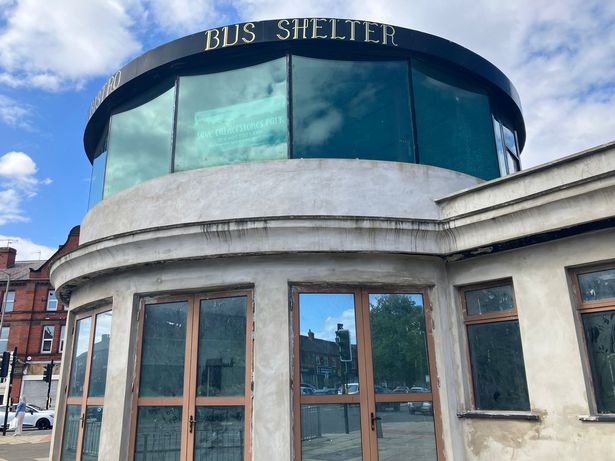 The old Sergeant Pepper’s Bistro in August 2024(Image: Liverpool Echo)
The old Sergeant Pepper’s Bistro in August 2024(Image: Liverpool Echo)
Empty since 2003, this former tram stop which was name checked in The Beatles famous song Penny Lane. For years, the art deco period piece was a famous restaurant.
The building was originally a tram stop and inspectors’ office, with public toilets added to the back. It later reopened as a café and restaurant, decorated with Beatles photographs, posters and Fab Four memorabilia – and remains a popular stop for Beatles fans visiting the city.
The building’s owner, Ray Maatook, said he had a franchise café brand interested in bringing it back to life.
Acknowledging some “logistical problems” which first needed to be overcome, he said: “My aim is to do something good if I can, but it is going to take some time.”
The ‘third’ Liver Bird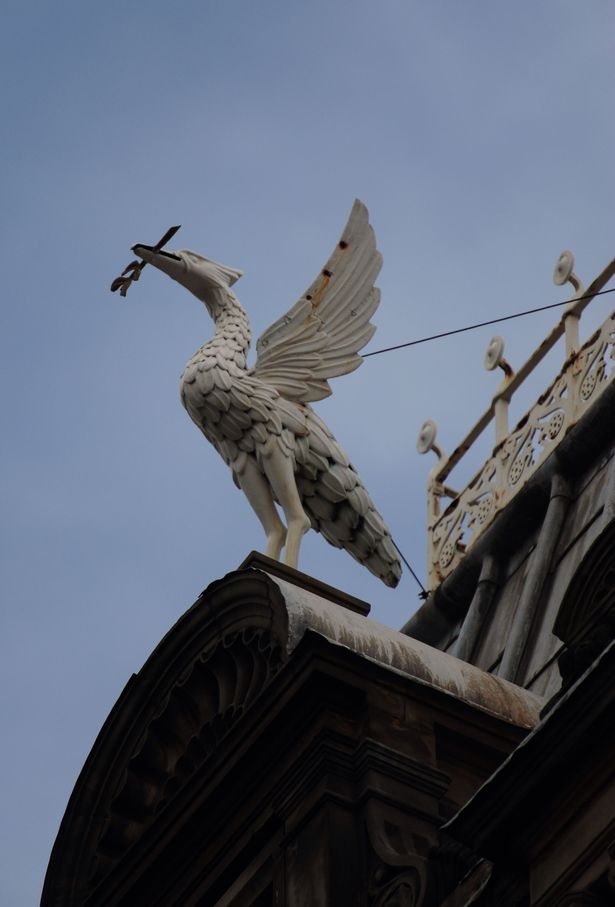 Liverpool’s hidden Liver Bird
Liverpool’s hidden Liver Bird
Well-known as the ‘Third Liver Bird’, this one sits proudly on top of Mersey Chambers overlooking St Nicholas Church Gardens
Photo by James Maloney
(Image: James Maloney)
As we know, Liverpool’s Liver Birds have always been one of the city’s most famous landmarks. But a few hundred years away, a ‘third’ Liver Bird can also be found.
The bird has been perched on top of the Grade-II listed Mersey Chambers – built for the Harrison Shipping Line by George Enoch Grayson – beside St Nicholas Parish Church of Liverpool since 1870.
Greatie Market Great Homer Street’s Greatie market(Image: Paul McAuley)
Great Homer Street’s Greatie market(Image: Paul McAuley)
If you’re from Liverpool, you know Greatie Market. Long a staple in Liverpool’s history, it definitely is a landmark in its own right.
For more than 180 years, Greatie Market has remained at the heart of the city, even after several changes. It runs every Saturday with hundreds of stallholders offering a wide variety of products, from fruit and veg, meats and cakes to flowers, crafts and clothing.
‘Ford Mushroom’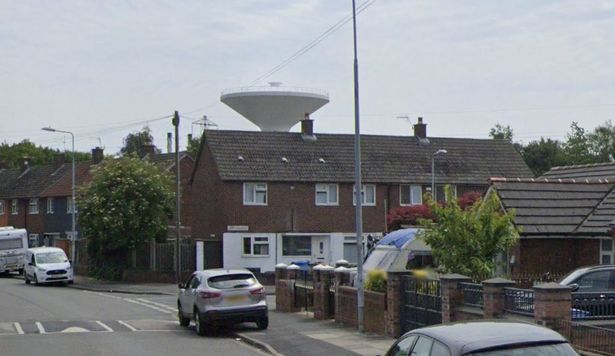 The ‘Ford Mushroom’ off Torrington Drive, Halewood(Image: Google streetview)
The ‘Ford Mushroom’ off Torrington Drive, Halewood(Image: Google streetview)
Not far from the Jaguar site in Halewood, formerly the Ford factory, you will find another unofficial landmark which has become known to many as the ‘Ford Mushroom.’ To many, it reminds them of something out of a sci-fi film, like a flying saucer. Dominating the skyline of the area, it is actually a water tower.
The Rocket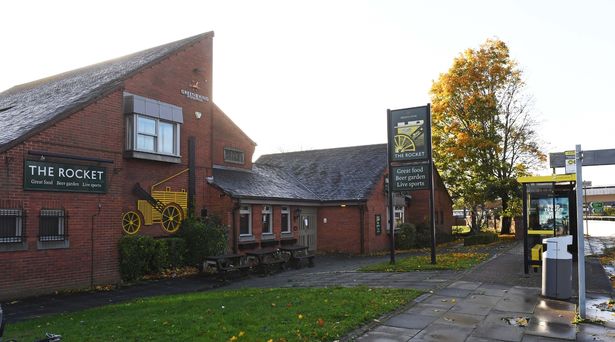 The Rocket at Bowring Park(Image: Colin Lane/Liverpool Echo)
The Rocket at Bowring Park(Image: Colin Lane/Liverpool Echo)
It’s easy to whizz past The Rocket at the end of the motorway on the way into the city centre. But for decades, the pub has been a Liverpool landmark.
The pub sits by the vital junction connects the M62 with the A5080 and the A5058 Queens Drive. It’s an historic pub known for being an “iconic meeting place” for football coaches taking fans to away games across the country.
The old ECHO office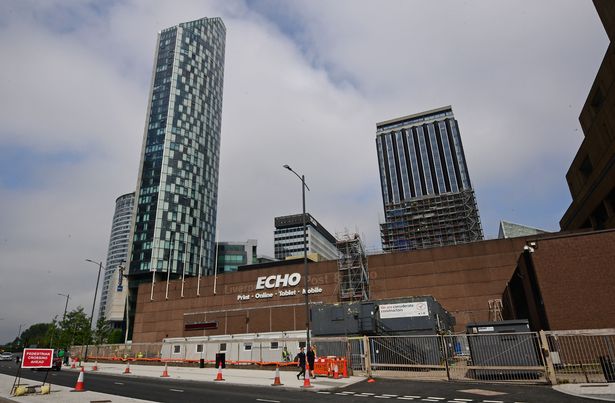 The former Liverpool Daily Post & Echo Building(Image: Colin Lane/Liverpool Echo)
The former Liverpool Daily Post & Echo Building(Image: Colin Lane/Liverpool Echo)
In 2017, it was announced that The Liverpool ECHO was moving to a new home in Liverpool city centre – just across the road. Based in Old Hall Street since 1973 after moving from Victoria Street, the newsroom is now located a stones throw away in St Paul’s Square.
But many workers and commuters still reference it as a place to meet. Many will still walk and drive past the building with its branded logo outside as it has been for years.
The Otterspool Bull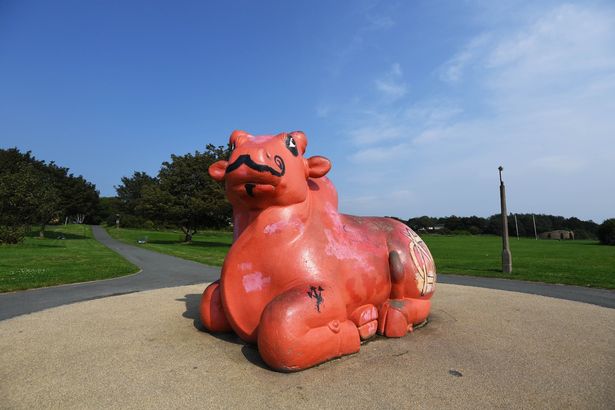 The bull statue at Otterspool Promenade(Image: Colin Lane)
The bull statue at Otterspool Promenade(Image: Colin Lane)
The bull is located near the end of Otterspool Promenade. Over the years it’s become an unofficial meeting point for those wanting a stroll along the Mersey.
After the ECHO visited the red concrete monument last year, many readers were debating what the statue actually was. Some insisted it was a Trojan horse while others argued it was a “super cow potato”.
The ambiguous figure dons the sturdy hoofs of a horse, the distinctive hump of a camel and to top it off, a thin yet twirly moustache and goatee reminiscent of Don Diego De la Vega’s alter ego, Zorro.
No one seemed to have a straight answer until the person who made it clarified the situation. The statue was created by then-27-year-old Indian sculptor Dhruva Mistry for the Liverpool Garden Festival in 1984 and moved to its current location on the prom in 2006. The now 67-year-old artist confirmed he had chosen the image of a Sitting Bull to base the statue on, as he was “inspired by its virile strength of the form”.
He said: “It is tantalising, bold and challenging for its scale with most common materials like steel, sand and cement. Some pieces in the Assyrian and Indian section at the British museum were inspiring.”
The Five Lamps
The Five Lamps is a war memorial situated on the corner of Crosby Road North and Great George’s Road. Listed on the memorial are the names of 431 service men and three women who gave their lives in the First World War.
It is surrounded by three lamp posts, one with one lamp and the other two with two lamps. The Five Lamps is placed at the junction of Waterloo and Seaforth, making it an unofficial marker of the boundary between the two areas.
John Barnes’ skip Ex – Liverpool and England midfielder John Barnes pictured at home in Heswall, Wirral in 2009.
Ex – Liverpool and England midfielder John Barnes pictured at home in Heswall, Wirral in 2009.
That’s right, the former LFC footballers’ Heswall home has become famous for having a skip outside which has become a bit of a landmark in its own right. According to Facebook posts from local residents this week, the skip has now made a return.
Piano Rock
Birkenhead Park is certainly noteworthy in its own right. The blueprint for New York’s Central Park, its wide open space and its grand gates serve as a reminder of the town’s heritage.
But inside the park is a rock. shaped like a piano and it has brought joy to many children over the years. It even comes complete with its own little stool. Not noticed it? Take a closer look at the rocks behind the swings next time.
The roundabout that is not a roundabout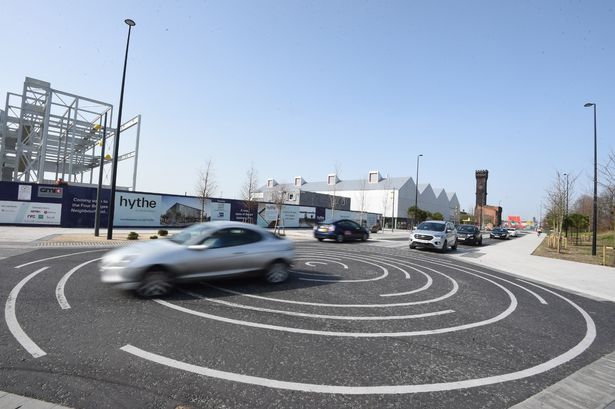 The junction on Tower Road, Birkenhead(Image: Andy Teebay/Liverpool Echo)
The junction on Tower Road, Birkenhead(Image: Andy Teebay/Liverpool Echo)
A relatively new addition to Wirral is the ’roundabout’ on Tower Road which is not a roundabout at all. It is actually a ‘no priority’ junction and still confuses locals, not just visitors.
Wirral Council previously told the ECHO: “Junctions like this one are ‘no priority’ and do not give one vehicle a right over another nor do they give vehicle drivers priority over people walking and on bikes.
“They operate on the basis of all users reducing speed or stopping in order to negotiate the junction safely.”
The queue for Bidston tip
That’s right, the queue has definitely become a bit of a landmark, and also a good gauge for how busy the roads in the area are going to be.
If you are a local, you will know people’s favourite question on Facebook is “does anyone know what the queue for the tip is like?”
Nanny Goat Mountains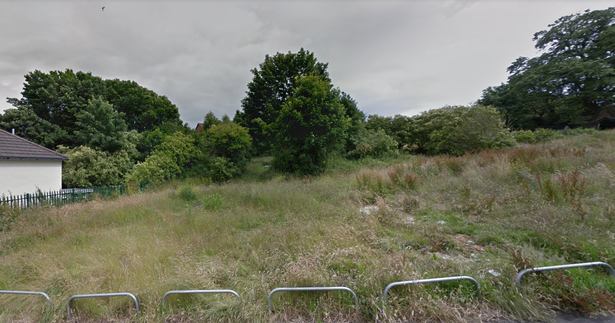 The top of Naylor Road(Image: Google Streetview)
The top of Naylor Road(Image: Google Streetview)
Before you head to Google Maps to check, you are right, there are no mountains in Wirral and no Nanny Goats. But names of local landmarks come in all varieties and the weirder ones are often the ones that stick the most.
If you were to head to Wirral’s Nanny Goat Mountains you would have to go to the green space on Naylor Road in Bidston. But a large part of it remains overgrown making it hard to explore.
The Green Hut
Sitting in the shadow of an official landmark, The Green Hut is a chippy found by Leasowe Lighthouse and closed to the beach. There is always a queue at The Green Hut which is a testament to their chips and deep fried favourites.
Memorial to the plane that fell out of the sky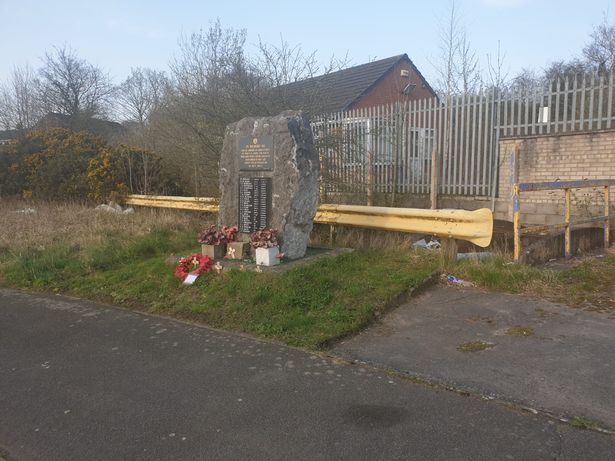 The memorial to the 24 US servicemen who died when their plane exploded in the skies above Wirral in 1944
The memorial to the 24 US servicemen who died when their plane exploded in the skies above Wirral in 1944
Tucked away in the North Cheshire Trading Estate in Birkenhead stands a memorial to the 24 American servicemen who died when their plane exploded and fell from the sky above Storeton. The memorial lists all 24 names and you can read the full story here.
St Patrick’s Well
Nestled in Brotherton Park there is a small cavern in the undergrowth that is known as St Patrick’s Well. Legend has it that St Patrick of Ireland travelled to Bromborough in 432AD and blessed the well, which is how it got its name.
The lamp from Narnia
Local legend has it that the lamppost in C.S Lewis’ Lion, Witch and the Wardrobe was inspired by one in the churchyard of St Andrew’s Church on Church Road, Bebington.
The Bear Pit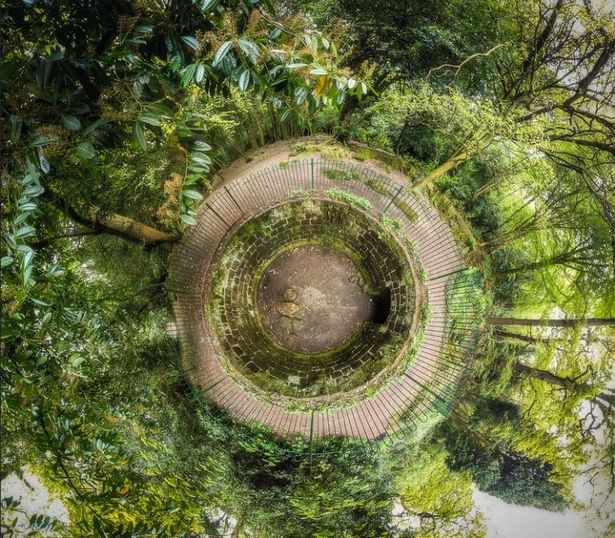 An aerial view of the Bear Pit in Wirral’s Eastham Woods(Image: Rob Pitt/Flickr)
An aerial view of the Bear Pit in Wirral’s Eastham Woods(Image: Rob Pitt/Flickr)
People in Wirral who love an explore will already be familiar with the old bear pit in Eastham Country Park. But visitors may want to go and see a real bear pit that has stayed in good condition over the years.
In the mid to late 1800s Eastham Ferry terminal was a popular destination and part of the country park became a bit of a menagerie of animals, including a bear. You can still see some of the disused structures and have a peek inside the pit yourself.
